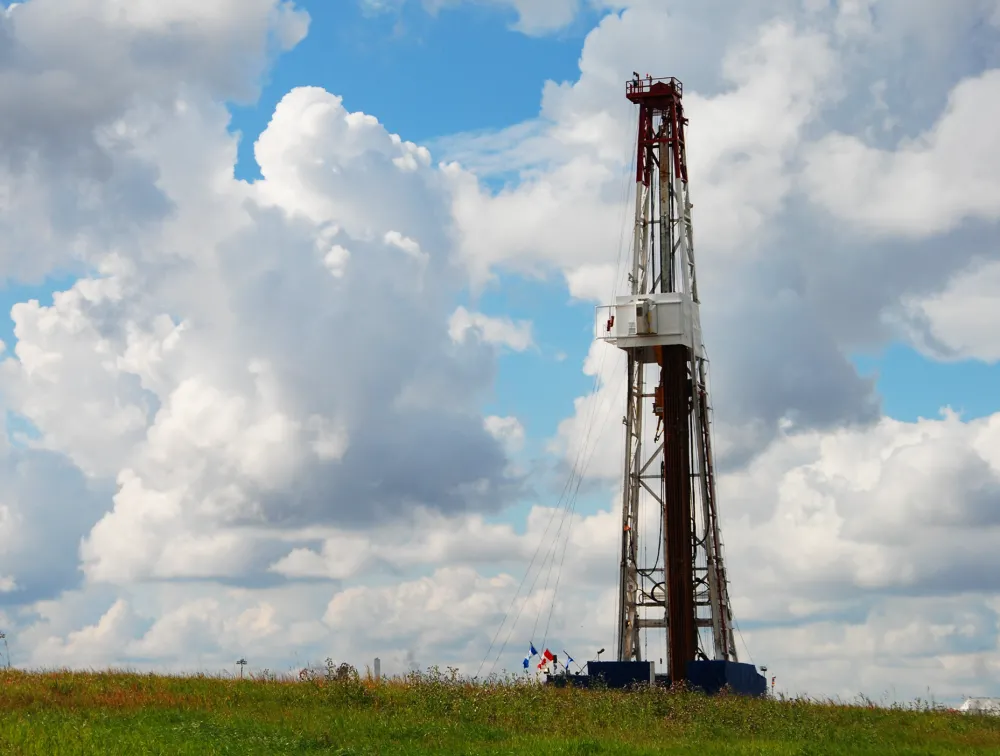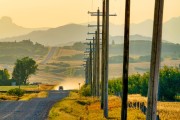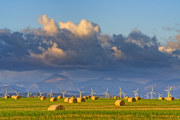Geothermal energy has long been heralded as a logical fit for Alberta – a possible “made in Alberta” renewable energy resource that could capitalize on the province’s well-known competences. Like oil and gas, geothermal energy development involves drilling wells to extract a natural resource. Instead of recovering fossil fuels, naturally-heated water is drawn to the surface and used to provide heat or to generate electricity.
While most geothermal energy is produced in countries with hot volcanic geothermal resources, such as Iceland and Indonesia, Alberta’s geothermal resources are of the lower-temperature sedimentary variety.
It differs from the more familiar geoexchange, commonly referred to as “geothermal heating and cooling,” in which fluid circulated in shallow pipes is used to heat or cool buildings. Geoexchange takes advantage of the insulating properties of soil rather than deeper heat that originates from the earth’s core.
Given the similarity between geothermal energy and oil and gas development, one might expect that Alberta would have a flourishing geothermal industry. Instead, Alberta only makes use of its geothermal resources through two commercially developed hot springs.
There are at least six synergies between geothermal energy and oil and gas development that offer Alberta’s geothermal industry specific advantages relative to many other jurisdictions. For starters, the industry can leverage technical and non-technical skills within the oil and gas sector, such as exploration and drilling techniques and project management skills. Next, the oil and gas sector’s sub-surface data from can be used to indicate the scale and location of promising geothermal resources. This would reduce project costs and increase the chance of drilling successful wells.
Existing oil and gas wells may be utilized to produce geothermal energy or to explore for promising geothermal resources, thereby reducing drilling costs. The Province can draw on experience regulating oil and gas resources to develop an effective regulatory framework for geothermal energy. We can also encourage investment in geothermal energy projects by drawing on experience managing financial risk for oil and gas projects.
Finally, the geothermal sector would benefit by answering the oilsands’ demand for hot steam by providing incremental heat for bitumen processing through innovative enhanced geothermal systems technologies, recovery of injected heat, or other opportunities.
Alberta’s economy-wide carbon price and familiarity with the presence of oil and gas infrastructure are additional enablers that could advantage geothermal industry development in Alberta relative to other jurisdictions.
A number of companies and organizations have been exploring geothermal opportunities in the province, but there are significant barriers to moving projects from the desk to the field.
First, Alberta does not have geothermal-specific legislation. There is no mechanism for companies to obtain regulatory approval to conduct projects. This creates uncertainty around resource royalties and the long-term ownership of geothermal resources – as well as simply how to move projects forward.
Second, geothermal projects incur inherent financial risk. Unlike other renewable energy resources, geothermal projects involve high exploration risk due to the difficulty of determining the precise size and location of geothermal resources prior to drilling wells, combined with the high cost of drilling those wells. “Dry,” or low-producing wells are a real possibility.
In Alberta, the abundance of oil and gas data and wells may reduce the risk of geothermal projects by increasing the likelihood of finding a suitable resource and by decreasing the capital cost of the project. The extent to which using this data will improve the probability of success, however, and the cost and feasibility of repurposing oil and gas wells for geothermal are both unknown. As a result, perceived risk remains high.
Third, Alberta’s natural gas and electricity prices mean there is limited motivation to develop geothermal resources.Low natural gas prices reduce the incentive to consider geothermal heating. Low and variable electricity prices make it difficult to achieve a reasonable payback on high-cost projects like geothermal electricity. Although the Renewable Electricity Program could address this issue, geothermal projects are unlikely to be able to compete with more mature wind and solar technologies.
For Alberta to establish a flourishing geothermal industry, strategic policy support to address these challenges is essential. Alberta must develop a regulatory framework for geothermal energy, drawing on our experience regulating oil and gas development. This would reduce uncertainty, encouraging companies and investors to pursue geothermal opportunities.
Alberta must also implement risk reduction policies for geothermal projects, capitalizing on experience managing risk for the oil and gas sector. Such policies, ranging from government-led exploration to financial support and tax exemptions for exploration drilling, have been integral to the successful development of geothermal industries worldwide.
Further, we can improve the return on investment for geothermal projects by establishing a guaranteed long-term price for geothermal electricity. A logical approach in Alberta may be to design the Renewable Electricity Program or the capacity market to enable geothermal electricity to successfully compete for government support. For example, the U.K. uses a contracts-for-difference program to encourage renewable electricity generation, similar to Alberta’s program, but its was designed with separate competitions between groups of more and less established technologies.
The lack of project experience is the most significant missing piece in Alberta’s puzzle. Without any geothermal projects, the synergies between oil and gas and geothermal energy are untested. Just as government support was required to successfully develop the first oilsands projects and the associated technologies, the provincial government should support a series of early projects like the one being developed in Hinton to explore Alberta’s true geothermal opportunity.
The similarities between oil and gas and geothermal energy development suggest geothermal energy could be a strategic technology for Alberta. The province is home to abundant geothermal resources. Unlike solar and wind, whose innovation has been led by companies in other countries, Alberta could be uniquely positioned to create the technologies and business models that make sedimentary geothermal part of the global energy transition.
Aletta Leitch researched Alberta's commercial geothermal potential for her graduate thesis at University of Edinburgh. She was also the Pembina Institute's 2017 visiting fellow.








